DNI Ratcliffe welcomes US Space Force as 18th Intelligence Community Member
Tuesday, 12 January 2021 06:48 Director of National Intelligence John Ratcliffe has welcomed the U.S. Space Force (USSF) as the 18th member of the U.S. Intelligence Community (IC).
During an afternoon ceremony, Ratcliffe and Chief of Space Operations Gen. John W. "Jay" Raymond announced the designation of the intelligence element of the U.S. Space Force as a member of the IC.
"This accession reaffirms our commitme
Director of National Intelligence John Ratcliffe has welcomed the U.S. Space Force (USSF) as the 18th member of the U.S. Intelligence Community (IC).
During an afternoon ceremony, Ratcliffe and Chief of Space Operations Gen. John W. "Jay" Raymond announced the designation of the intelligence element of the U.S. Space Force as a member of the IC.
"This accession reaffirms our commitme Muscles, metals, bubbles and rotifers – a month of European science in space
Tuesday, 12 January 2021 05:06
The month of December comes with holidays for many, but for the International Space Station and mission controls around the world, science never rests.
NGA wants faster access to commercial geospatial data
Monday, 11 January 2021 22:52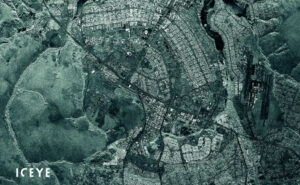
WASHINGTON — The private sector is coming out with new geospatial intelligence products and services faster than the government can figure out how to buy them. That means analysts need ways to procure commercial geoint “at a moment’s notice,” said David Gauthier, director of the National Geospatial Intelligence Agency’s commercial and business operations group.
New Horizons spacecraft answers the question: How dark is space?
Monday, 11 January 2021 20:54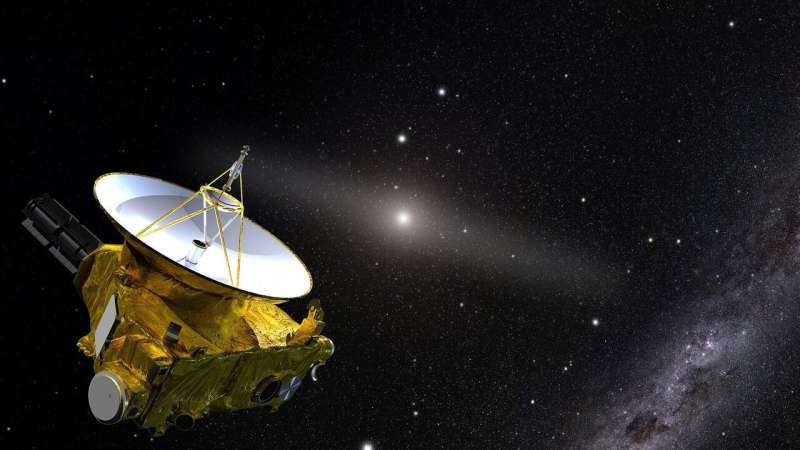
Curiosity rover reaches its 3,000th day on Mars
Monday, 11 January 2021 20:52
As the rover has continued to ascend Mount Sharp, it's found distinctive benchlike rock formations.
It's been 3,000 Martian days, or sols, since Curiosity touched down on Mars on Aug. 6, 2012, and the rover keeps making new discoveries during its gradual climb up Mount Sharp, the 3-mile-tall (5-kilometer-tall) mountain it has been exploring since 2014. Geologists were intrigued to see a series of rock "benches" in the most recent panorama from the mission.
Stitched together from 122 images taken on Nov. 18, 2020, the mission's 2,946th sol, the panorama was captured by the Mast Camera, or Mastcam, which serves as the rover's main "eyes.
45th Space Wing forecasts more than 50 launches in 2021
Monday, 11 January 2021 20:05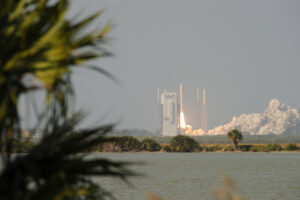
WASHINGTON — As many as 53 space missions are projected to lift off in 2021 from Florida’s Space Coast, the vice commander of the 45th Space Wing said Jan. 12.
“We have 53 launches in our forecast with one already on the books,” Col.
L3Harris develops electronic antenna for command and control of military satellites
Monday, 11 January 2021 18:54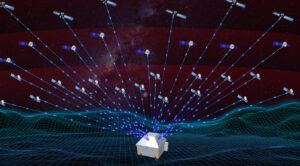
WASHINGTON — L3Harris Technologies announced Jan. 12 it completed the development of an electronic phased array ground antenna for the U.S. Space Force.
The prototype “multi-band multi-mission” antenna is one three that were developed under a Defense Innovation Unit 2019 contract.
White House executive order promotes development of space and defense nuclear power systems
Monday, 11 January 2021 17:04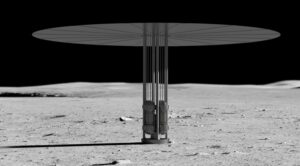
WASHINGTON — Less than a month after issuing a policy directive on space nuclear power, the White House released an executive order Jan. 12 seeking to promote the development of small nuclear reactors for space and defense applications.
Cheers! French wine, vines headed home after year in space
Monday, 11 January 2021 16:56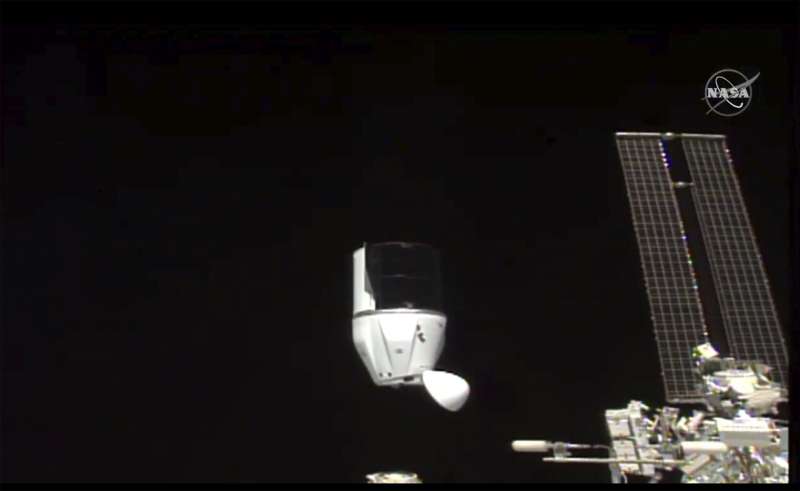
The International Space Station bid adieu Tuesday to 12 bottles of French Bordeaux wine and hundreds of snippets of grapevines that spent a year orbiting the world in the name of science.
SpaceX's next idea: Catch Super Heavy boosters with the launch tower
Monday, 11 January 2021 14:14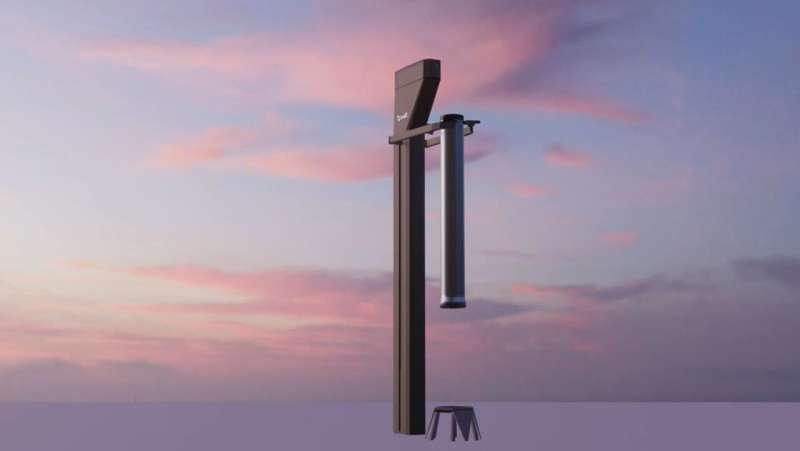
SpaceX is getting closer and closer to realizing the design for its Starship and Super Heavy launch system. Once complete, it will be the world's first fully reusable launch system and will facilitate trips to low Earth orbit (LEO), the moon and Mars. Construction began on the system's booster element (Super Heavy) this past summer and, according to a recent tweet by Musk, will be "caught" by its launch tower.
The tweet came (as they often do) in response to a question from one of Musk's followers. In this case, it was a space designer who goes by the Twitter handle Erc X (@ErcXspace) who produced a video that illustrates what the Super Heavy might look like as it returns to its landing site. The video is captioned with a question: "Accurate Super Heavy Descent profile?"
Accurate Super Heavy Descent profile? pic.twitter.com/MxIJ0zLzKn
— Erc X (@ErcXspace) December 30, 2020
Musk responded by tweeting:
"We're going to try to catch the Super Heavy Booster with the launch tower arm, using the grid fins to take the load… Saves mass & cost of legs & enables immediate repositioning of booster on to launch mount—ready to refly in under an hour.
Aerojet Rocketdyne completes assembly of its first AR1 rocket engine
Monday, 11 January 2021 14:01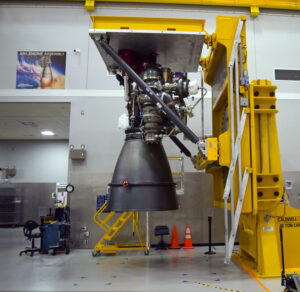
WASHINGTON — Aerojet Rocketdyne has completed the assembly of the first AR1, a new rocket engine funded by the U.S. Air Force. The company does not yet have customers for the engine and plans to market it for first-stage boosters in medium-sized launch vehicles.
Exotrail demonstrates miniature Hall-effect thruster in orbit
Monday, 11 January 2021 14:00
SAN FRANCISCO – French startup Exotrail announced Jan. 12 that its miniature Hall-effect thruster ignited in orbit, and propelled a NanoAvionics R2 cubesat a few hundred meters.
“This is the smallest Hall thruster ever flown and the first time a Hall thruster flew on a satellite of less than 100 kilograms,” Exotrail CEO David Henri told SpaceNews.
Reconstructing the solar system's original architecture
Monday, 11 January 2021 13:19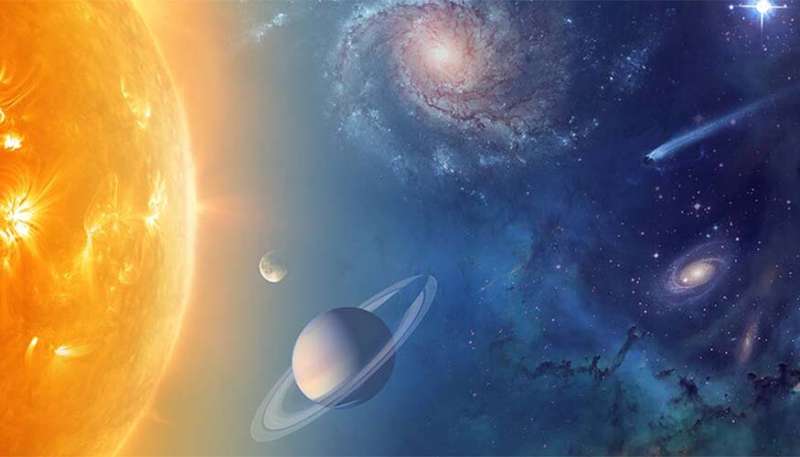
As the solar system was developing, the giant planets (Jupiter and Saturn) formed very early, and as they grew, they migrated both closer to and further away from the sun to stay in gravitationally stable orbits.
The gravitational effect of these massive objects caused immense reshuffling of other planetary bodies that were forming at the time, meaning that the current locations of many planetary bodies in our solar system are not where they originally formed.
Lawrence Livermore National Laboratory (LLNL) scientists set out to reconstruct these original formation locations by studying the isotopic compositions of different groups of meteorites that all derived from the asteroid belt (between Mars and Jupiter). The asteroid belt is the source of almost all of Earth's meteorites, but the material that makes up the asteroid belt formed from sweeping of materials all over the solar system.
Madrid snowbound
Monday, 11 January 2021 12:35 Image:
This Copernicus Sentinel-2 image of Madrid in Spain appears to have been taken in black and white. In fact, it is a true-colour image – but the heaviest snowfall in 50 years has blanketed the region, turning the landscape white.
Image:
This Copernicus Sentinel-2 image of Madrid in Spain appears to have been taken in black and white. In fact, it is a true-colour image – but the heaviest snowfall in 50 years has blanketed the region, turning the landscape white. Energy from solar wind favors the north
Monday, 11 January 2021 12:32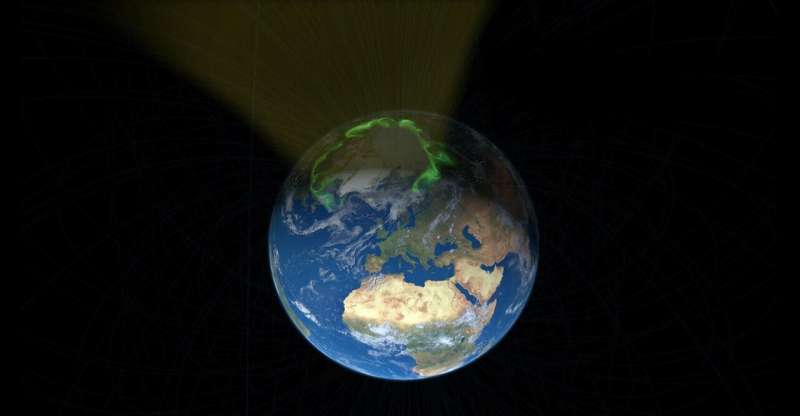
Using information from ESA's Swarm satellite constellation, scientists have made a discovery about how energy generated by electrically-charged particles in the solar wind flows into Earth's atmosphere—surprisingly, more of it heads towards the magnetic north pole than towards the magnetic south pole.
The sun bathes our planet with the light and heat to sustain life, but it also bombards us with dangerous charged particles in the solar wind.
